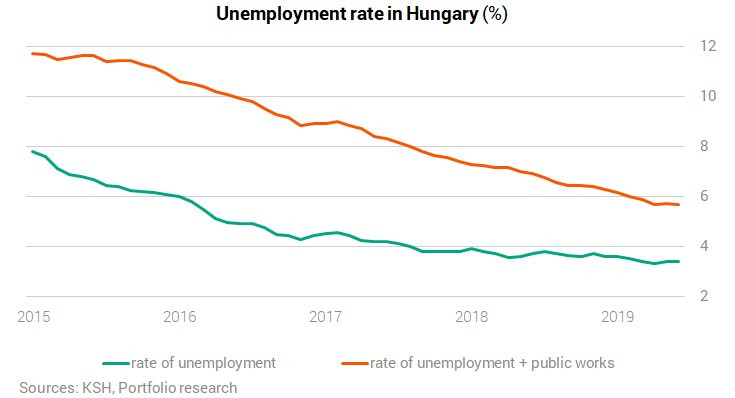What is the link between the Orbán governments& #39; welfare state retrenchment, the EU& #39;s COVID recovery fund & the politics of economic indicators? - a thread (1/16)
The allocation of the recovery fund among member states was announced to be based among others on unemployment rates between 2015-2019. This indicator was not taken into account in the allocation of structural & cohesion funds in previous years. (2/16) https://www.ft.com/content/f31722d0-b875-46a9-82e6-4449758bf366">https://www.ft.com/content/f...
Obviously, this would benefit Southern member states (particularly Italy ) that have been struggling with high unemployment. On the contrary, the greatest beneficiaries of the structural & cohesion funds were the Eastern member states with low levels of development. (3/16)
Because of aging societies, mass emigration to Western Europe and the lack of substantial immigration, Eastern member states have started facing acute labor shortages as their economies took off after the financial crisis (4/16) https://www.dw.com/en/labor-shortage-takes-steam-out-of-eastern-europe/a-48116084">https://www.dw.com/en/labor-...
Labor shortages had a serious impact on unemployment statistics in recent years. For instance, in the 4th quarter of 2018 the Czech Republic experienced a record low unemployment rate at 0.6% (5/16)
Thus, opposition is expected from some Eastern members. On Tuesday the Hungarian parliament passed a bill requiring the Article 7 procedure examining the violation of the rule of law to be closed before the approval of the new budget & the stimulus package... (6/16)
& stated that the allocation of funds cannot be linked to & #39;political conditions& #39;. This is clearly an attempt at giving Orbán extra leverage in the negotiations of the Council to get HU more funds from the package (7/16) https://www.reuters.com/article/us-eu-recovery-hungary-law/hungarys-orban-wins-parliaments-backing-in-eu-budget-talks-idUSKCN24F1QH">https://www.reuters.com/article/u...
However, in the case of Hungary, employment statistics were also seriously manipulated, as participants of the massive public workfare program were counted among the regularly employed. The chart shows the N of employed with and without workfare participants (8/16)
The workfare program is the hallmark policy of the Fidesz governments& #39; welfare retrenchment agenda, called a & #39;work-based society& #39; by Orbán himself. In 2011, the duration of eligibility for unemployment benefits was limited to three months (9/16) https://journals.sagepub.com/doi/abs/10.1177/0958928714545446">https://journals.sagepub.com/doi/abs/1...
After that, a meager benefit of 250 EUR (less than 60% of the corresponding minimum wage) is provided only to participants in the workfare program. Such programs exist elsewhere in Europe too, but the HU one has outstandingly high per capita enrollment (10/16)
In 2015, without the workfare participants, unemployment would have been just under 12% instead of 7.8%, surpassing Slovakia (8.8%) and Romania (5.8%) (11/16)
The workfare program was criticized for enabling electoral clientelism, providing no reintegration into the primary labor market & sucking up all unemployment spending instead of more useful training programs (12/16)
There are many explanations for the introduction of the program. My personal favorite is found in the excellent book of Hungarian social anthropologist Kristóf Szombati: https://www.berghahnbooks.com/title/SzombatiRevolt">https://www.berghahnbooks.com/title/Szo... (13/16)
His theory entails that it was intended to stop the rise of the extreme right Jobbik party that criticized & #39;Roma benefit scroungers & criminals& #39;. With this move the gov could claim to have disciplined the & #39;lazy& #39; welfare recipients and gain popularity (14/16)
This proved successful as Jobbik couldn& #39;t achieve a breakthrough. In addition, better unemployment statistics can deceive EU institutions, rating agencies and investors. It& #39;s also an important propaganda tool to demonstrate the success of Fidesz& #39;s economic policy. (15/16)
However, as the case of the recovery funds show, manipulating economic statistics can seriously backfire, even though the number of workfare program participants have decreased substantially since the 2016 peak. (16/16)

 Read on Twitter
Read on Twitter







